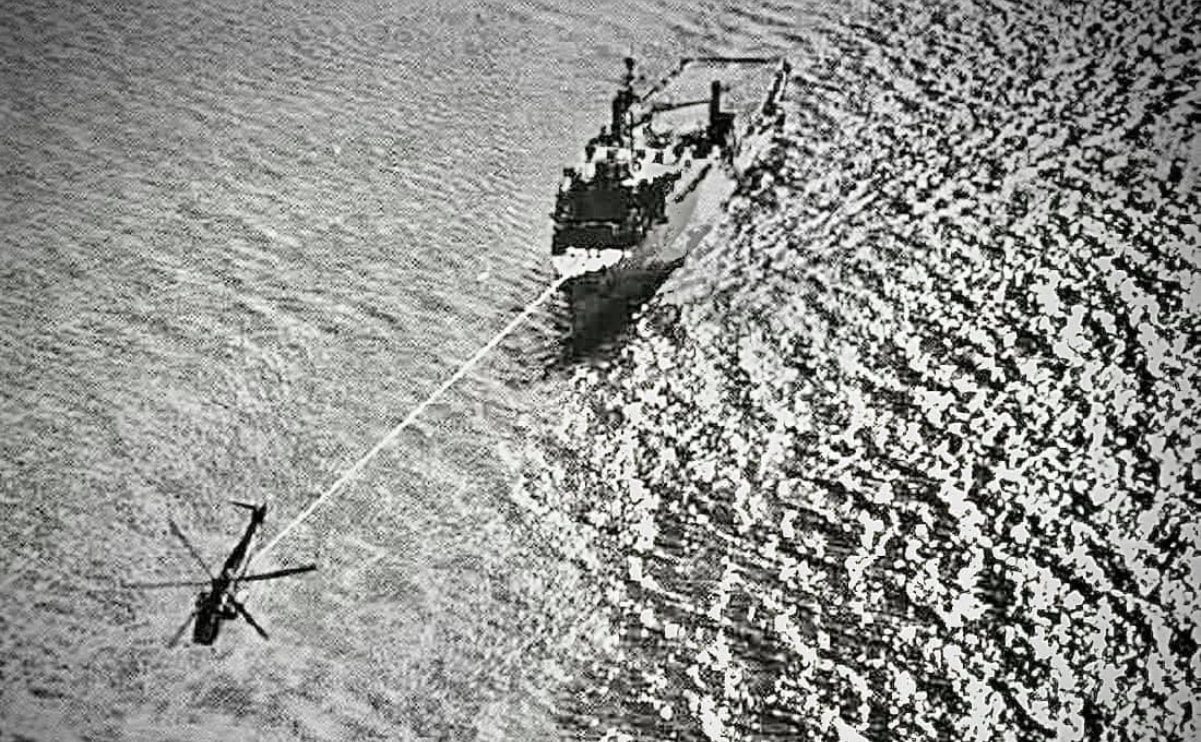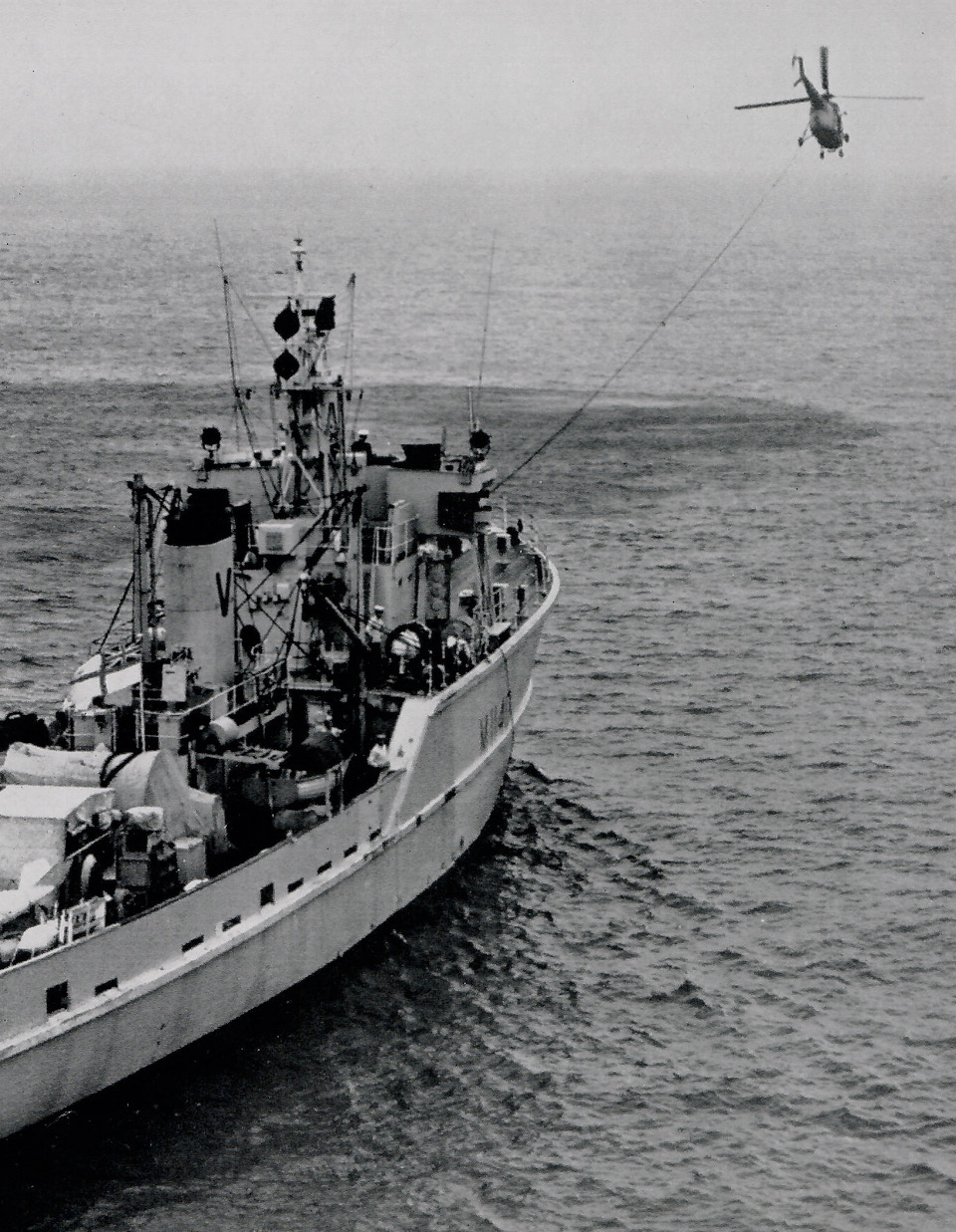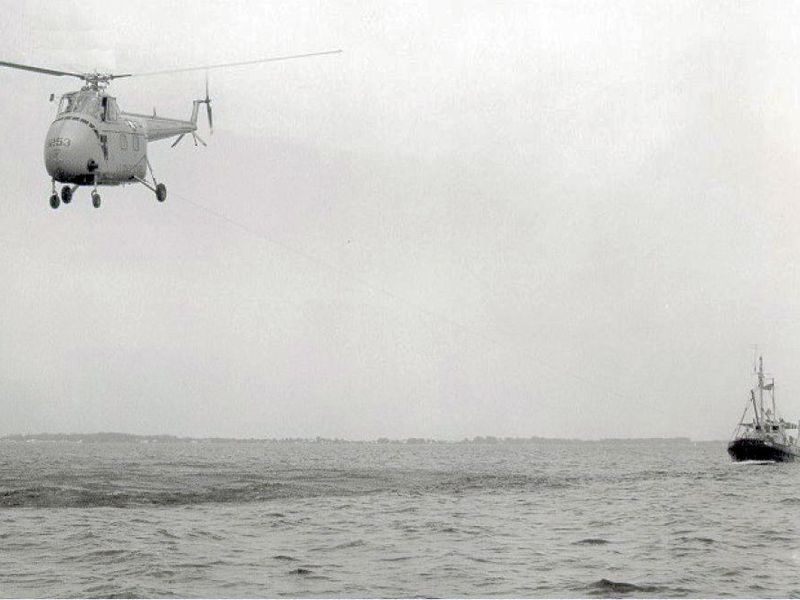Black Hawk Helicopter Flies Logistics And Rescue Missions Without Pilots On Board for the first time11/10/2022 Sikorsky and the Defense Advanced Research Projects Agency (DARPA) have successfully demonstrated to the US Army for the first time how an uninhabited Black Hawk helicopter flying autonomously can safely and reliably perform internal and external cargo resupply missions, and a rescue operation. Performed Oct. 12, 14 and 18 as part of the US Army’s Project Convergence 2022 (PC22) experiment, the flights show how existing and future piloted utility helicopters could one day fly complex missions in reduced crew or autonomous mode. As the video in this post shows, this would give Army commanders and aviators greater flexibility in how and when aircraft and pilots are used, especially in limited visibility or contested environments. Why It Matters Sikorsky is partnered with DARPA to develop autonomy technology that will exponentially improve the flight safety and efficiency of rotary and fixed-wing aircraft. Sikorsky’s autonomy system, known as MATRIX technology, forms the core of DARPA’s ALIAS (Aircrew Labor In-cockpit Automation System) project. “We believe MATRIX technology is ready now for transition to the Army as they look to modernize the enduring helicopter fleet, and acquire Future Vertical Lift aircraft,” said Igor Cherepinsky, director of Sikorsky Innovations, in a Lockheed Martin news release. “In addition to increasing flight safety and reliability, MATRIX technology enables survivability in high tempo, high threat 21st Century Security environments where Black Hawk helicopters operate today, and Defiant X and Raider X helicopters could operate in the future. Uncrewed or reduced crewed helicopters could safely perform critical and lifesaving missions day or night in complex terrain and in contested battlespace.” The Yuma Details During PC22 Technology Gateway, the Sikorsky and DARPA team showed how the optionally piloted Black Hawk helicopter with no humans on board can deliver a large quantity of blood product unharmed by flying low and fast above ground level using the terrain to mask its signature; resupply troops with an external load; and re-route mid-flight to evacuate a casualty. To begin the flight demonstrations, pilots flew and landed the Black Hawk aircraft, then activated the MATRIX system to give full control to the flight computer. When the pilots exited, the helicopter autonomously completed the following mission demonstrations:
The PC22 demonstrations were the second set of uninhabited Black Hawk flights this year. Sikorsky and DARPA will continue to work toward the transition of this technology for military operations, such as aircrew support and operations, logistics and medical resupply, casualty evacuation, and commercial applications such as firefighting, cargo and urban air mobility. As we have already reported the Black Hawk helicopter involved in this project is the first ever UH-60 that has flown autonomously and builds on recent demonstrations at the US Army’s Project Convergence 2021. It illustrates how ALIAS-enabled aircraft can help soldiers successfully execute complex missions with selectable levels of autonomy – and with increased safety and reliability. ALIAS technology and autonomy enable greater mission flexibility, increase safety and allow end users to reimagine how they can use air vehicles on current and future battlefields. The technology is not limited to a Black Hawk and is currently being incorporated into commercial and military fixed-wing aircraft. ALIAS will continue to advance optionally-piloted technology with two additional aircraft demonstrations in the coming months.
0 Comments
Taken in January 1968 the impressive photo in this post features a CH-53 heavy-lift helicopter acting as a tug for USS Austin LPD-4 in Long Island Sound.
According to a post appeared on Twitter ‘After a Christmas and New Year leave period, Austin transported Underwater Demolition Team 21 to Key West, Florida in January 1968 for unit training, then visited San Juan and Roosevelt Roads, Puerto Rico and Port Everglades, Florida. This was followed by a visit to Bridgeport, Connecticut 12 through 23 February 1968 to participate in tests of the CH-53 helicopter with the Sikorsky Aircraft plant. Part of the test included Austin being towed by a CH-53 helicopter.’
Noteworthy, helicopters towing ships is not unique to the US Navy.
As the picture below shows, in 1957 a Westland Whirlwind (1 x 750 HP engine) towed the minesweeper HMS Gavington (c. 360 tons) as part of trials to show the utility of helicopters in salvage work, another Twitter user explains.
The Royal Navy (RN) also used to get the rowing boats out to tow becalmed ship’s.
As the following photo shows the US Coast Guard (USCG) used helicopters to tow boats too. Taken in 1958 the image shows a USCG Sikorsky HO4S Tugbird helicopter dragging the service buoy tender Juniper around the ocean off Florida. The HO4S was equipped with a winch, a rescue basket, and a roomy passenger compartment. It was ideal for search and rescue. According to Air & Space Magazine, by early 1958, 30 were stationed at U.S. coastal cities. Along the way, someone thought it might be a good idea to use the helicopter for towing vessels—fishing, pleasure, and other types—out of harm’s way. |
Send us an email at [email protected] if you want to support this site buying the original Division of Aero Patch, only available through this website!
All
|





 RSS Feed
RSS Feed